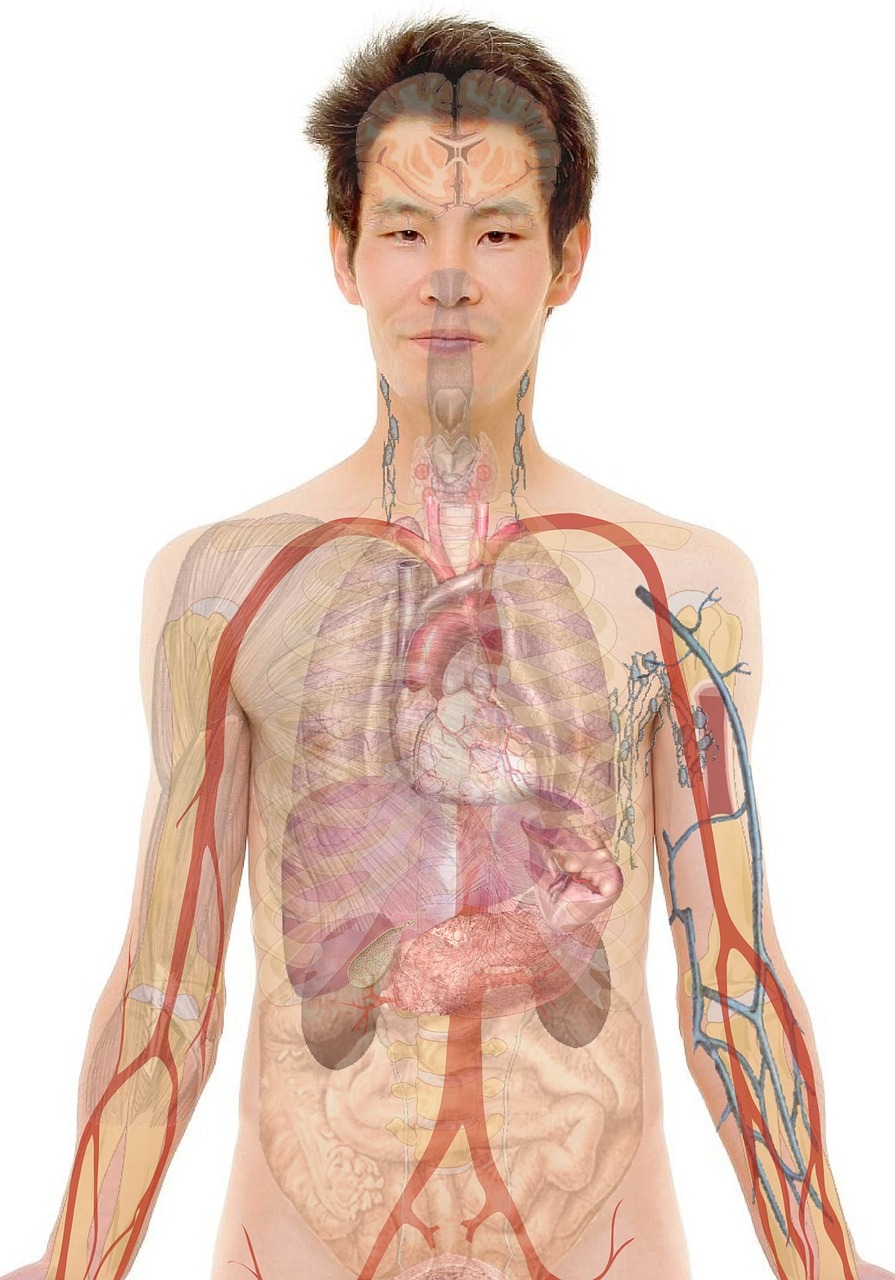Vital signs are very fundamental elements or parameters that point to the normal activities of the human body and health. These are pulse, blood pressure, rate of breathing and pyrexial temperature respectively. Recognition of these signs is critical in that you are able to keep track of your health status and report any abnormalities.
Heart Rate: Pulse is the rate per minute of the rhythmic contraction of the heart muscle presenting as Regular Fluctuations with the Heart Beat. An average or resting pulse rate in adults should be in the range of 60 to 100 beats per minute. Athletes may follow this; they may pay a lesser amount than any other person. Truly fast or slow heartbeat can be suggestive of such diseases as heart illness or other problems.
Blood Pressure: blood pressure explains the force exerted by the blood on the walls of veins as the heart pumps consistently. It is recorded with two numbers: systolic pressure which is the higher number and diastolic pressure, which is the lower number. Normal blood pressure is between 120/80 mm Hg and above this value it is considered high. When the symbols are high consistently they cause high blood pressure and endanger the lives of the people as they are prone to heart diseases and stroke.
Respiratory Rate: The respiratory rate is the speed with which you breathe; or, the number of times one breathes in a one-minute period. The normal respiratory rate of an adult person depends with sex and age but for a healthy individual it ranges from 12-20 breaths/minute. An increased respiratory rate can therefore indicate respiratory or cardiovascular problems and should be referred to a doctor.
Body Temperature: Temperature shows how your body is capable of producing heat and how the heat is released within the body. The normal body temperature is approximately of 98. 6°F (37°C). Any value that falls outside this range can be as a result of fever, disease or any other ailment.
The information on your vital signs is useful when taken frequently, and can help you know how well you are doing as a patient. It is also important to speak with your doctor if you observe any signs of infection or other complications.




